What's the difference between candle candle and Sakuran flavor? The difference between Guji and Sidamo producing areas
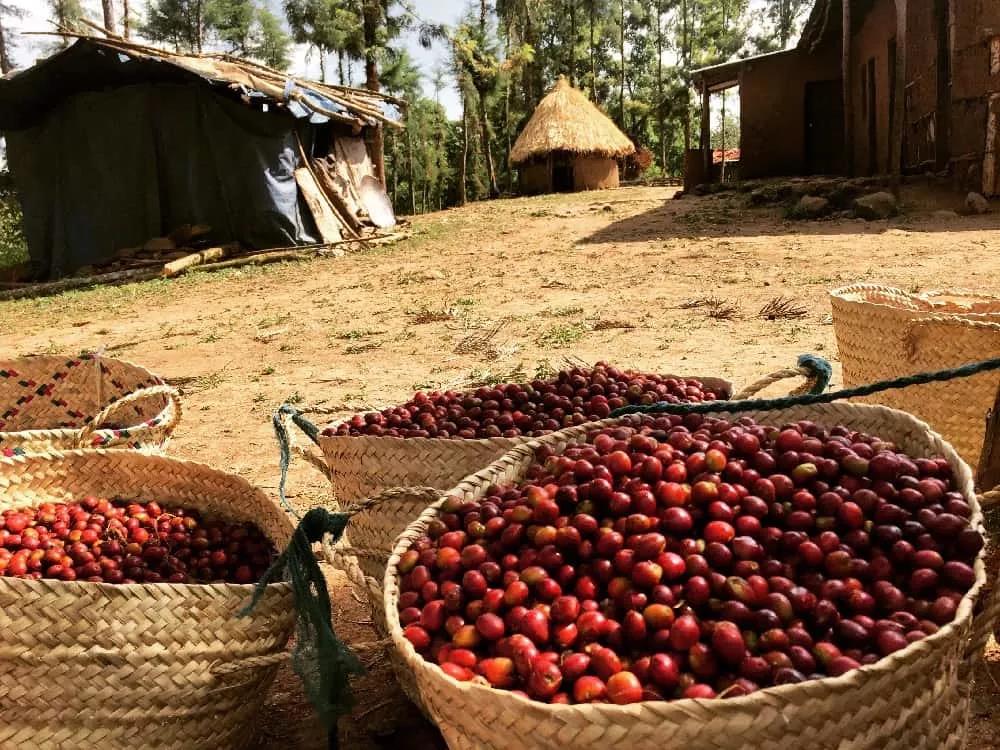
There are eight major coffee producing areas in Ethiopia: Lekempti, Limu, Illubabor, Djimmah, Harar, Teppi/Bebeka, Sidamo and Yirgacheffe.
Ethiopian coffee is highly rated in China, especially the Chinese people are particularly interested in and love the producing areas of Sidamo and Yirgacheffe in Ethiopia. Sidama province is located in the south of Ethiopia, with Arsi province in the north, Bale province in the east and Gamu Gofa province in the west.
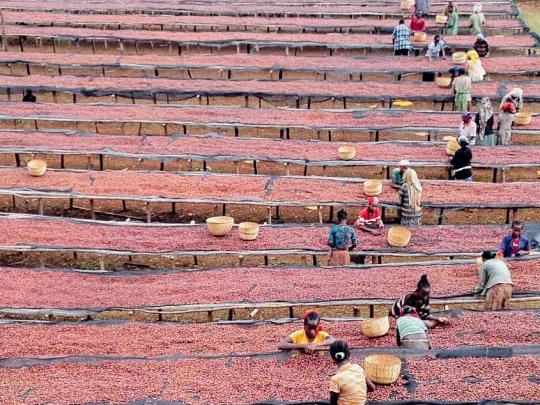
The Ethiopian administrative region is divided into four grades, the order from big to small is Region, Zone, woreda and kebele. Most of the names of raw coffee beans are named according to this rule. For example, Sakui, which is located in the southeast of Yejia Sheffield in the Sidamo producing area, belongs to Oromia Region → Guji Zone Guji → Shakisso woreda Shakiso → Hambella Hambela.

Guji Guji Zone was established as an independent production area by ECX (Ethiopia Commodity Exchange) in 2010 because of its superior geographical location and cup flavor. Shaqisuo is the most attractive micro-producing area in the Guji producing area, located in the southeast of Yega Snow, with an average elevation of more than 1800 meters above sea level.
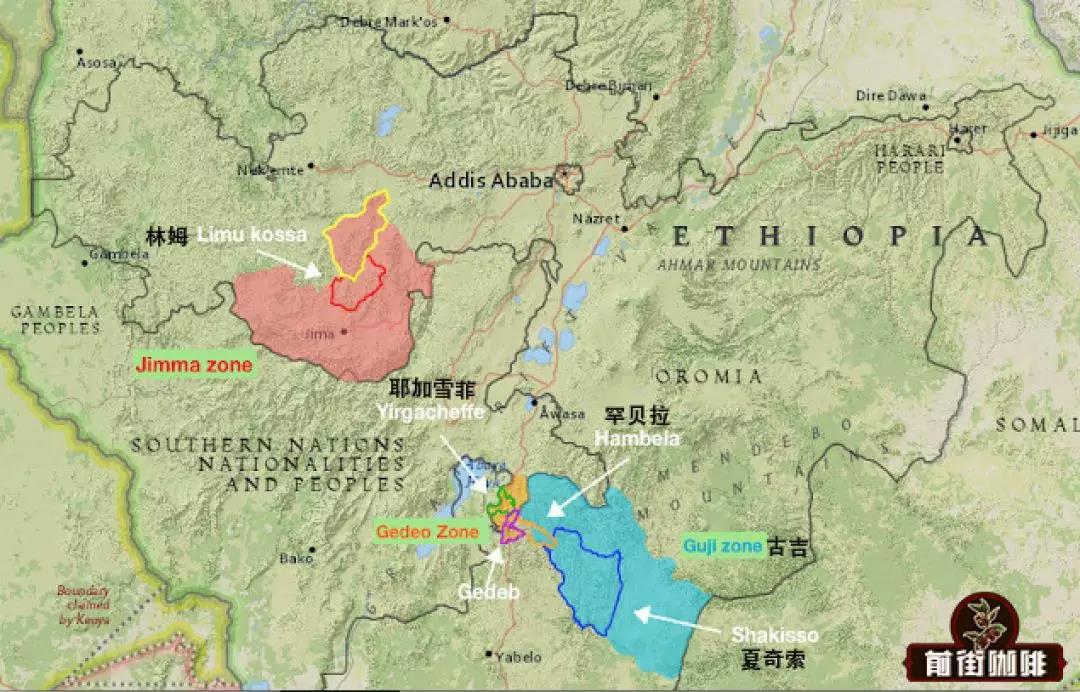
Sakuran belongs to a single farm system (we temporarily call it Single Farm Project, SFP for short)
Huakui producing area: Guji Guji, Shakisso,Hambella Humbela
At present, there are about 20 processing plants of various sizes in Hambella producing areas. Hongshun, as a coffee raw bean company in Ethiopia coffee producing area, has set up four sun treatment plants in Ethiopia in cooperation with GUJI zone Hambella since 2016, and conducted a series of studies on sun treatment methods using high quality coffee varieties in the region during the 17x18 production season. There are four manor processing plants in the core production area of Hambella, namely, "Dire" church treatment plant, "mansa" mountain pond treatment plant, "Bobea" red flag treatment plant and "Goro baessa" mountain spring treatment plant. Goro baessa is a small village surrounded by mountains at an altitude of 2280 meters. December is its coffee harvest season. Whenever the mountains are covered with red and mature coffee cherry, the village is neatly arranged on African tanning beds. This is where Sakuran deals with it.


Huakui 2.0, which we tasted in Qianjie Coffee, comes from the micro-batch of Shanquan treatment plant. Compared with last year's local hybrid "Sakui", "Sakui 2.0" has a more consistent bean shape and a cleaner handling. After cup test and evaluation, this year's "Sakuran" not only has a bit of rich and enchanting flower aroma, mellow red wine and tropical fruit flavor, but also a bit of transparent fruit juice sweet and sour.
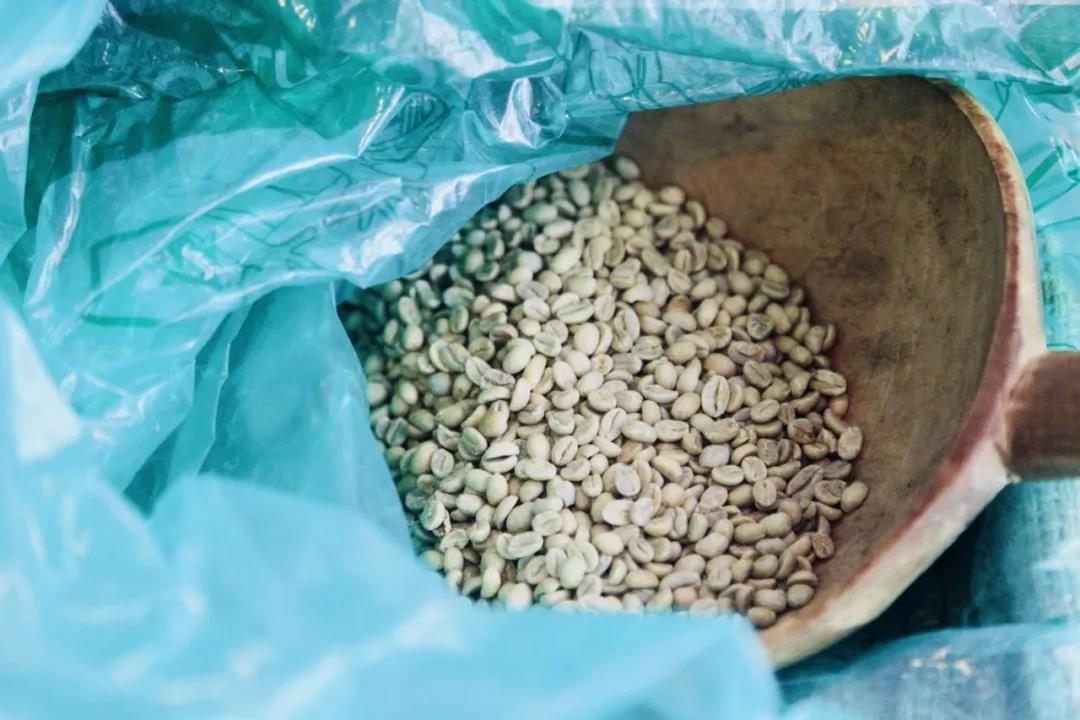
Drima Zede candle
Production areas: 90+SNNP, Sidama (Sidamo), ETHIOPIA (Ethiopia)
According to the recently updated map of 90 +, there are 8 SNNP producing areas:


Joseph Brodsky founded Ninety Plus (90 +) in 2006.
90+ adopts a cooperative model with the local manor, with complete control from planting, sampling and harvesting to subsequent processing and cup testing. 90 + exclusive Profile Processing ensures that each coffee bean has a unique and stable flavor trend and quality, while 90 + coffee is unique in the market with the marketing method like high-end red wine.

The 90 + company began to buy the most wonderful coffee cherries from Ethiopian coffee farmers, and started with the best ready-made beans, so there were 90 + representative beans: Aricha and Beloya, which became famous in the first world war, but the experimental results were amazing, and the whole boutique coffee circle was shocked by the rich fruit flavor and high texture.
later
The product line is divided into four series: NinetyPlus Ethiopia, NinetyPlus Panama, Ninety Levelup and NinetyPlus Limited.

At first, the candle appeared in the public eye with 90 + cards, taking the price of being close to the people.
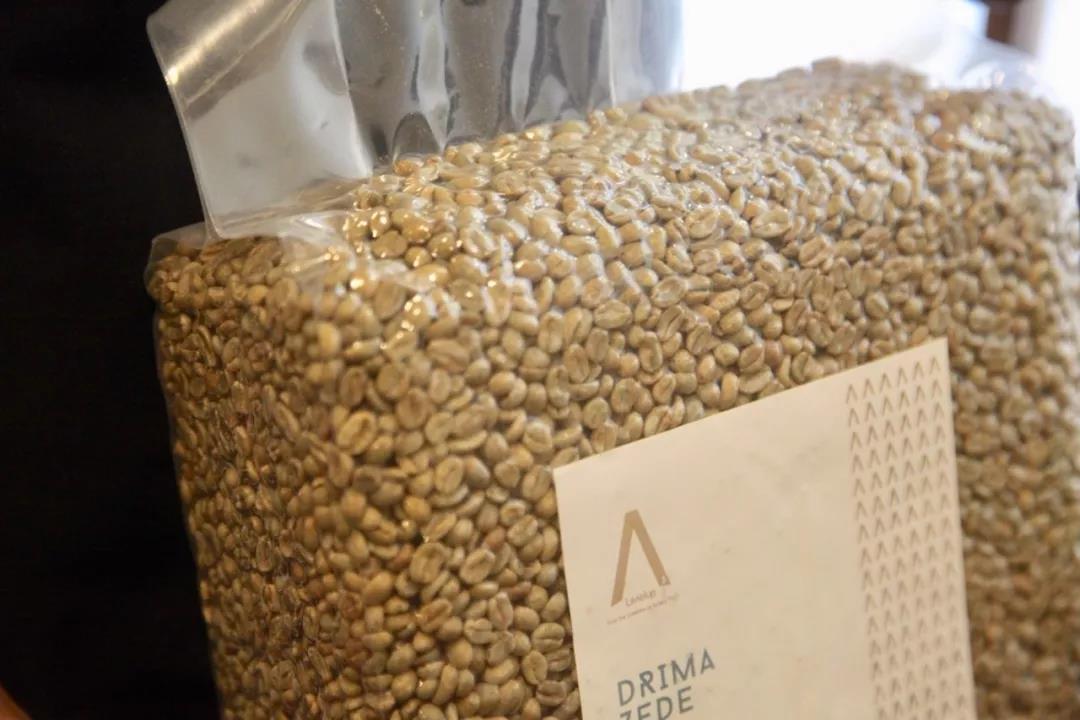
Candlelight coffee raw beans are slightly gray, some places are thick and some places are small, the acidity is soft and strong, mellow and light, sweet and spicy

Unlike ordinary African coffee, Sidamo has clear acidity, smooth taste and delicate floral smell. With a hint of citrus, oak and vanilla, the flavor of tropical fruits such as nectarine is more obvious.

Baking analysis of candle candle and Huakui
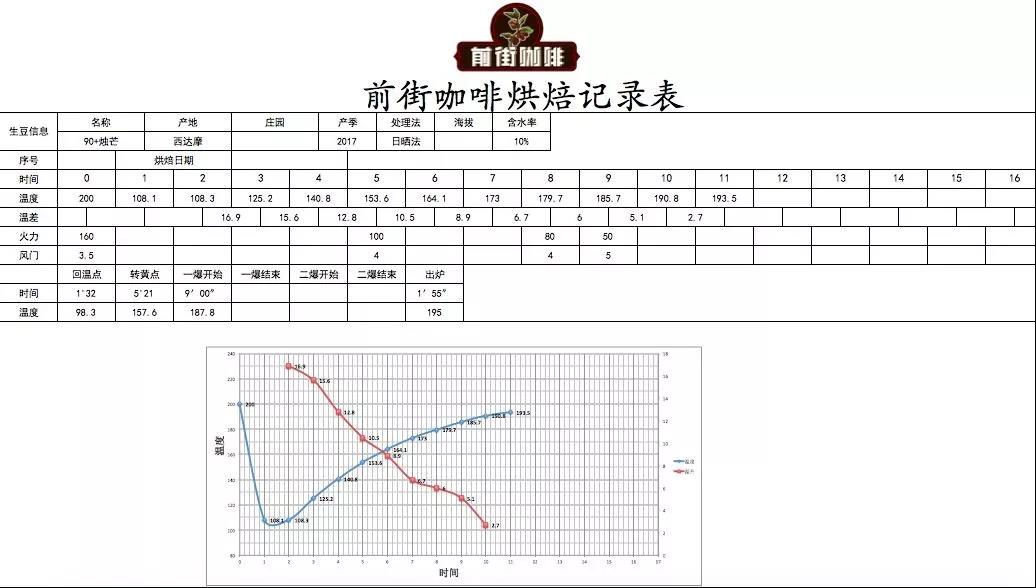

How are the [Sakuran] and [candle] curves adjusted?
[Huakui] and [Candlestick] are both native species of Ethiopia Heirloon in Ethiopia, and the raw beans are of different sizes, but there are still some differences.
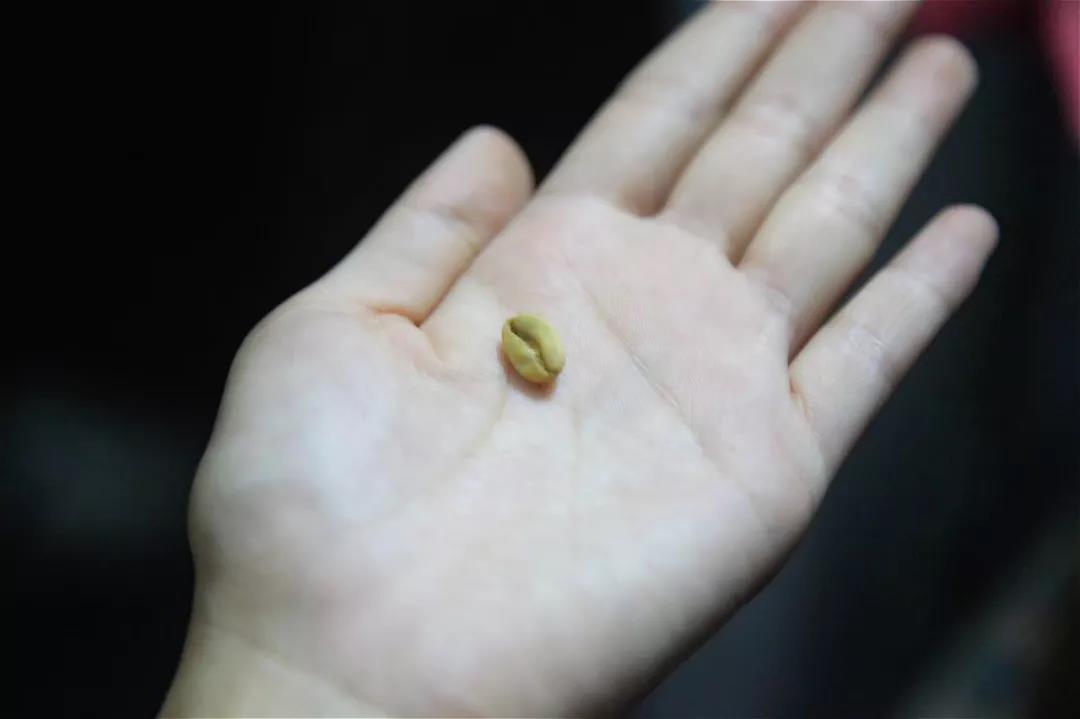
[candle] the tip of the head and tail is much, and the moisture content is good, about 11%, but it is not the kind of SHB bean with high hardness. Because the bean has high density and high hardness, it lengthens the dehydration time in the first stage.
[Huakui 2.0] is relatively uniform, the shape is more round, the bean body is very small, mostly between 14-15 mesh, the body is smaller than Longberry, the green is yellowish.
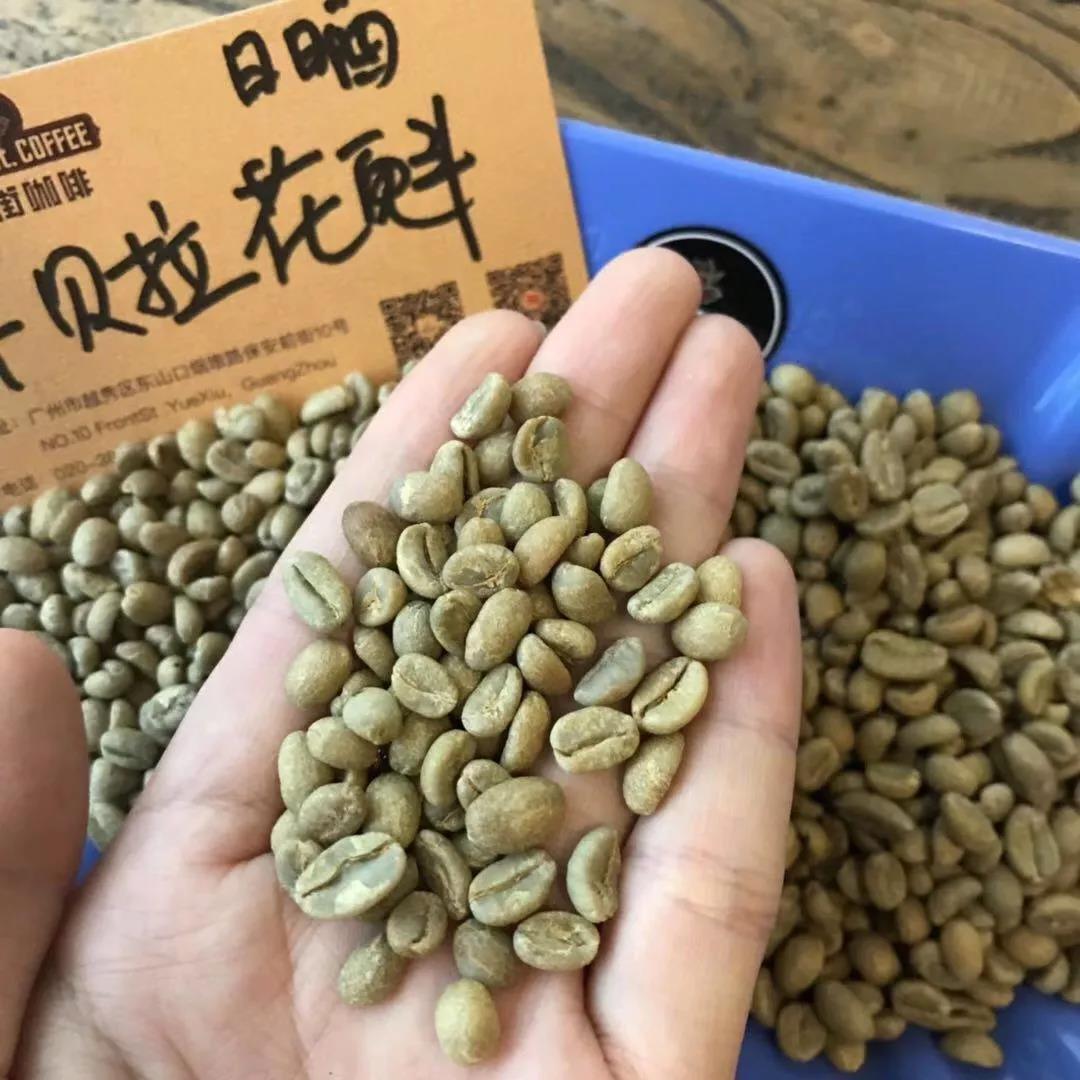
The test results of Qianjie coffee cup are as follows:
[Huakui]: the wet fragrance has a strong aroma of green tea and flowers. Sipping aromas of green tea, strawberries, jasmine, lime and sugar. The palate is light and clean, with soft and fresh acidity. But the end rhyme is not enough, only some sweetness remains in the mouth. It tastes very unbearable, like drinking a cup of fruit tea instead of coffee.
[candle]: there are yellow lemon, flower, black tea and citrus flavor in wet fragrance. There are aromas of black tea, yellow lemon, caramel and jasmine when sipped. At this baking degree, the flavor begins to become rich and solid, the entrance acidity is more elegant, sweetness will be perceived more quickly, sweetness will be higher, fermented wine, cream, tropical fruits, jackfruit, nectarine, more balanced flavor.
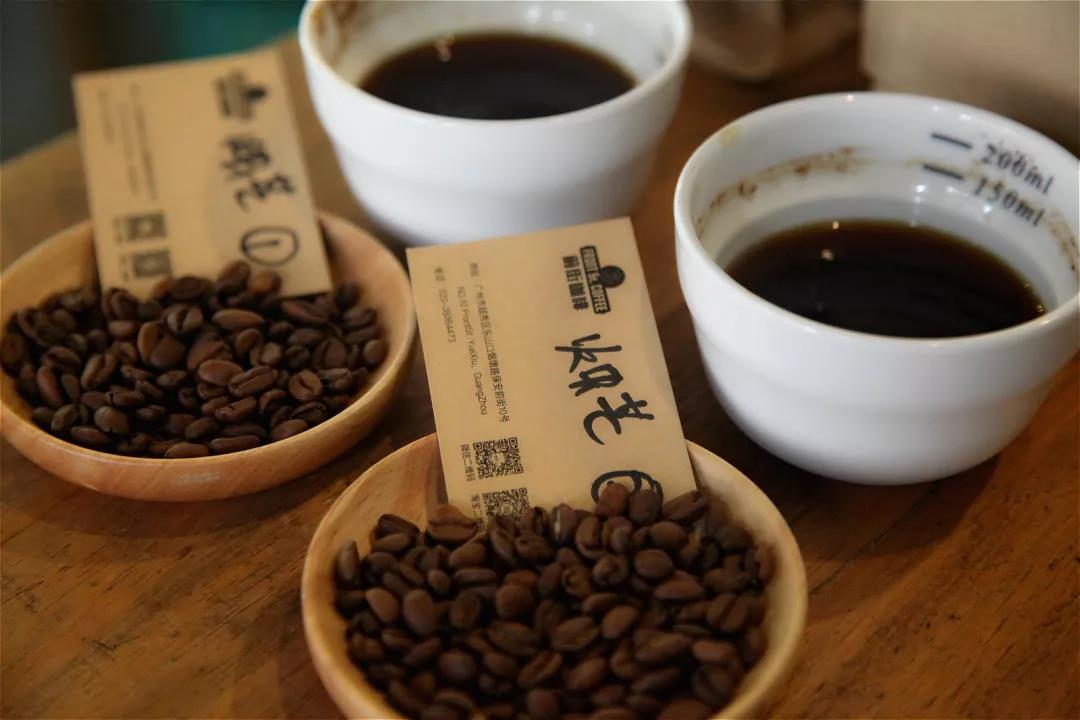
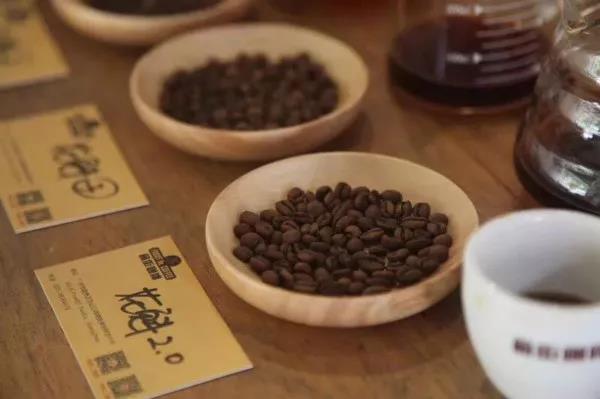
Cup test result
The front street barista thinks the clearest flavor is candlelight: nectarine, jackfruit, Sakuran: strawberry jam


As for the way of brewing, hand brewing and siphon brewing are the best. When you grind the beans, you can smell the sweet smell of the sun fruit.
A good cup of coffee is nothing more than a balance of ups and downs and smooth taste and other features, the design of the filter cup is how to show these characteristics of coffee. However, the style of coffee brewed by different filter cups is also different.

The bean candle used this time is baked in medium and shallow, and the bean raising period is on the 7th day.

The barista in front of the street chose the resin V60 filter cup to make the coffee more acidic from hot to cold, making the coffee more delicate, and the resin material can enhance the aroma intensity.
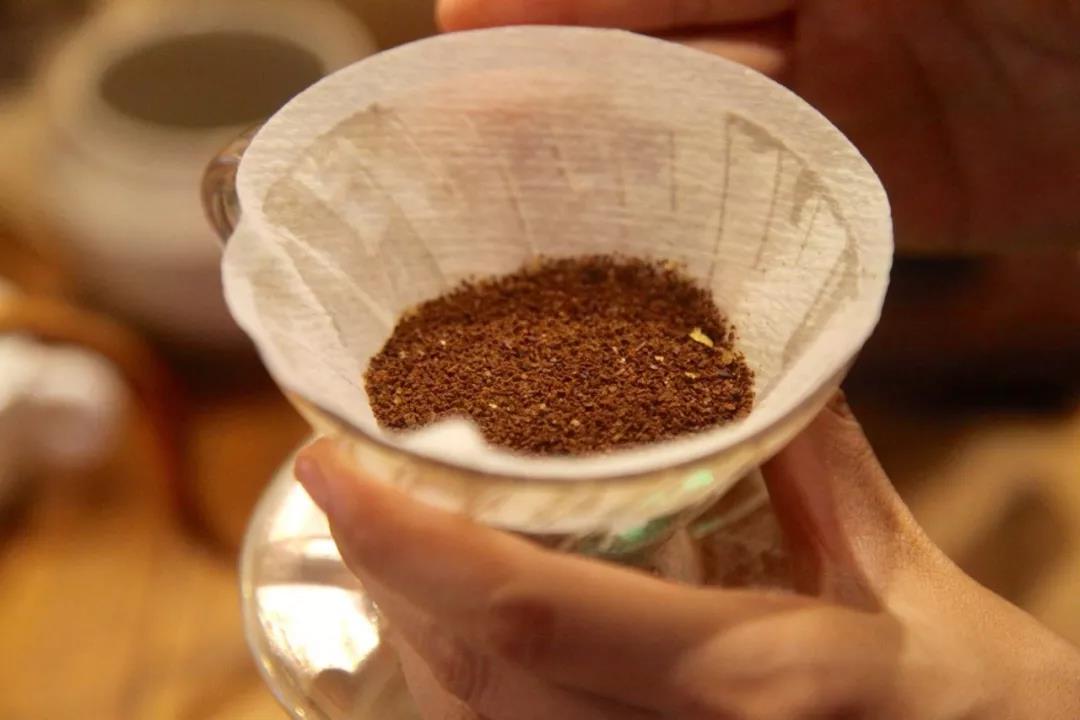
Filter cup: Hario v60 transparent resin
Scale: little Fuji 3.5
Water temperature: 90 ℃
Inject 25g of water for steaming for 30 seconds, divide into sections when injecting water to 120g, finish boiling at 225g, and remove the filter cup. In the first stage, the nectarine berry flavor emerges, and there are some sucrose back sweet, which is rich in layers.
Total time: 2 minutes 05 seconds

Important Notice :
前街咖啡 FrontStreet Coffee has moved to new addredd:
FrontStreet Coffee Address: 315,Donghua East Road,GuangZhou
Tel:020 38364473
- Prev

Indonesian Coffee Brand-PWN Pwangni Coffee Company introduces how to identify PWN Gold Manning
Professional coffee knowledge exchange more coffee bean information please follow the coffee workshop (Wechat official account cafe_style) when it comes to Golden Manning, we have to mention PWN. The full name of PWN is Pwani Coffee Company Coffee Company. In Indonesia, this is a very famous coffee acquisition company, mainly buying Manning Coffee, the most in Indonesia.
- Next
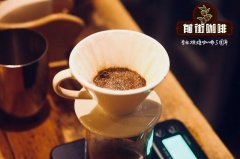
Does Lindong Mantenin Honas Coffee in Sumatra, Indonesia taste good? hand Chonghe Nasmanning parameters
Professional coffee knowledge exchange more coffee bean information please follow Coffee Workshop (Wechat official account cafe_style) Lin Dong Manning Honus Baking: medium varieties: Heirloom treatment: wet bubble method Origin: North Sumatra Lindong altitude: 1300m UP Flavor: Manning unique earthy aroma, caramel. It tastes thick. It is produced in Lindong, a well-known producing area of Mantenin, mostly
Related
- Detailed explanation of Jadeite planting Land in Panamanian Jadeite Manor introduction to the grading system of Jadeite competitive bidding, Red bid, Green bid and Rose Summer
- Story of Coffee planting in Brenka region of Costa Rica Stonehenge Manor anaerobic heavy honey treatment of flavor mouth
- What's on the barrel of Blue Mountain Coffee beans?
- Can American coffee also pull flowers? How to use hot American style to pull out a good-looking pattern?
- Can you make a cold extract with coffee beans? What is the right proportion for cold-extracted coffee formula?
- Indonesian PWN Gold Mandrine Coffee Origin Features Flavor How to Chong? Mandolin coffee is American.
- A brief introduction to the flavor characteristics of Brazilian yellow bourbon coffee beans
- What is the effect of different water quality on the flavor of cold-extracted coffee? What kind of water is best for brewing coffee?
- Why do you think of Rose Summer whenever you mention Panamanian coffee?
- Introduction to the characteristics of authentic blue mountain coffee bean producing areas? What is the CIB Coffee Authority in Jamaica?

